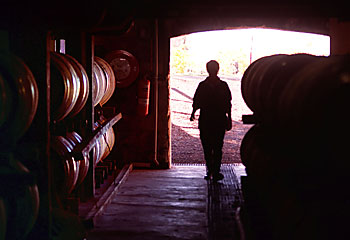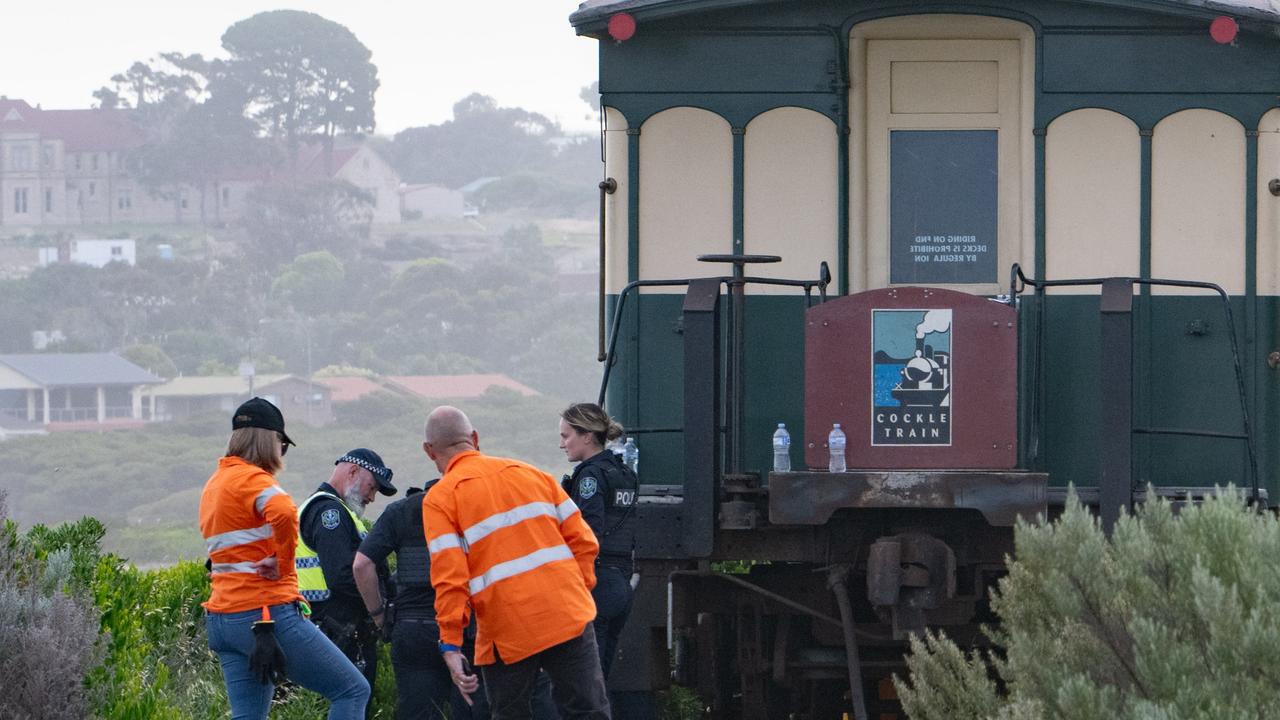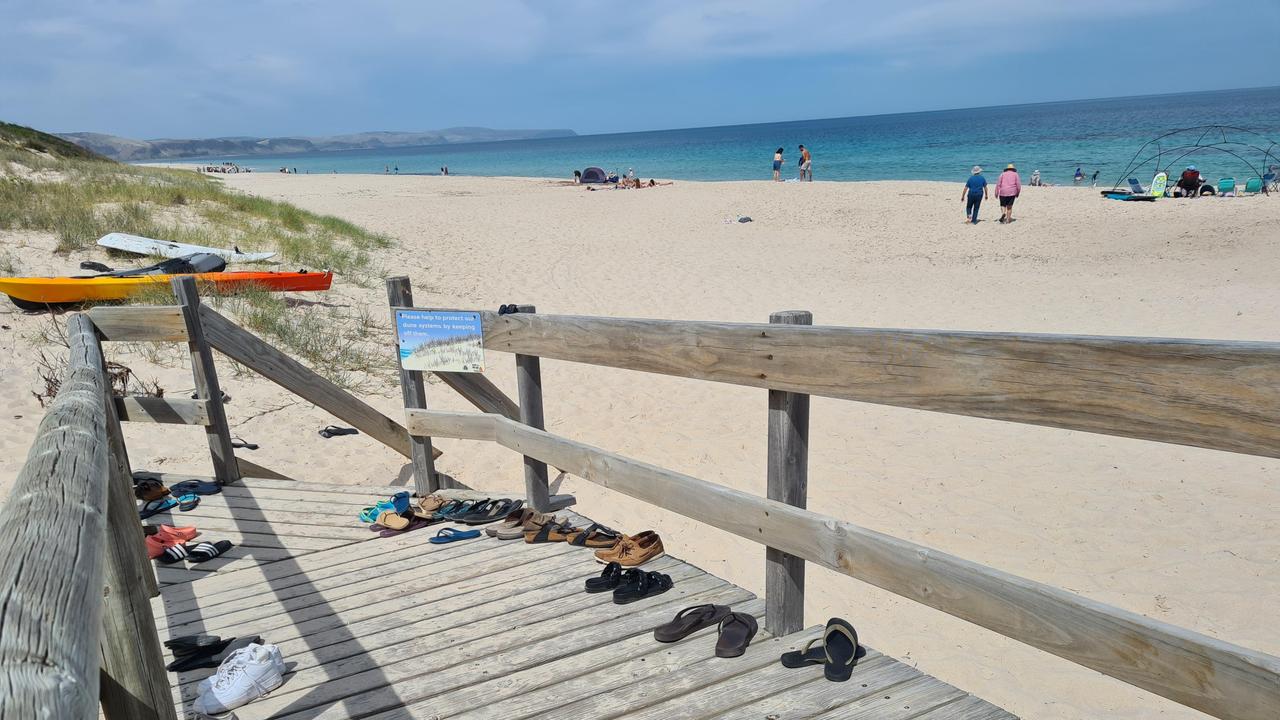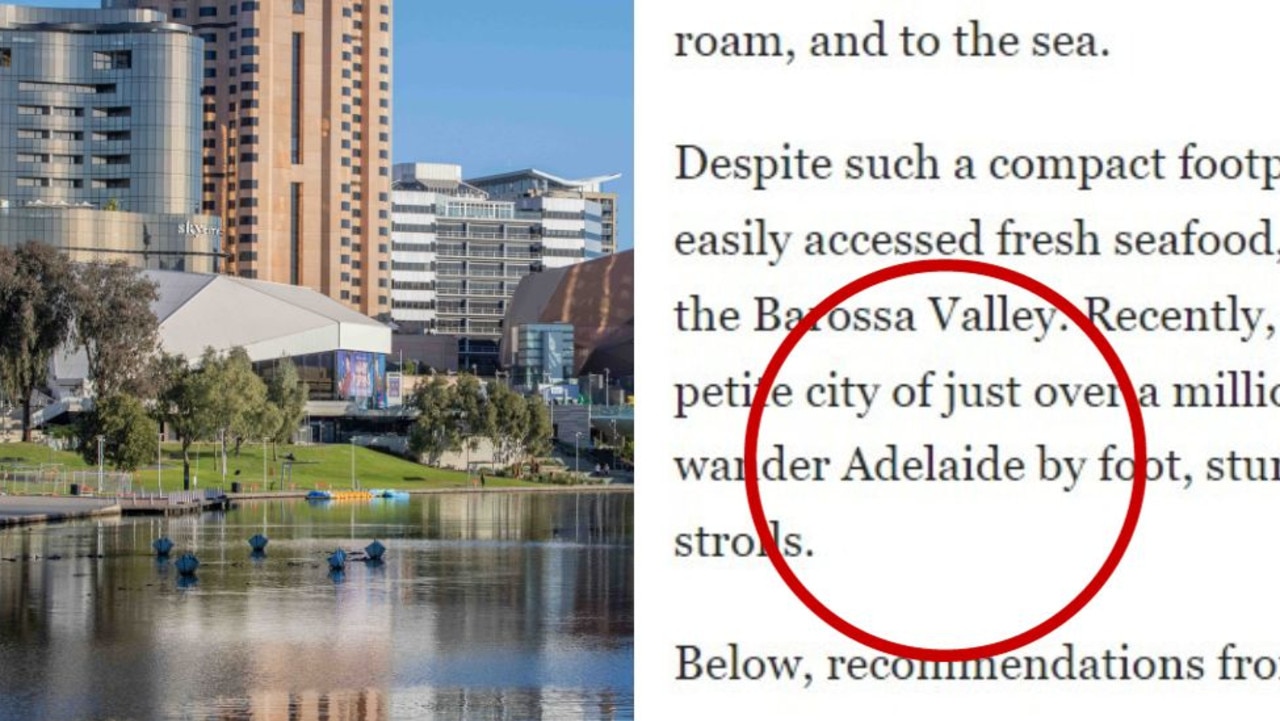Red-tooth country
MARIANNE Betts finds her cup overflowing (with cab sav) in Australia's other red centre the famed Coonawarra region.

THE young shaggy-haired winemaker smiles, revealing wine-stained teeth, as he greets me off the plane at Mt Gambier's airport.
It turns out that 9.30am is not too early to have red-wine teeth, not for a winemaker and not in Coonawarra, a small wine region just over the Victorian border, in South Australia, and particularly not now.
This is, after all, the Celebration of Cabernet Weekend, one of the biggest events on the community's calendar.
Over the next couple of days many more good-natured locals sport a red-wine smile, earning it the name, "the Coonawarra grin".
On the 40km drive to the historic town of Penola, where we are staying, Julian Langworthy explains what is unique about Coonawarra.
The vines grow in a strip of rich red earth, terra rossa soil, about 25km long and 1km wide, Langworthy says.
"So basically, there's a 15km strip of straight road with all these really famous vineyards close together."
Coonawarra is best known for its cabernet sauvignon, but produces merlot, chardonnay, riesling, even a drop of sauvignon blanc, too.
Cleverly marketed as Australia's other red centre, with 24 vineyards growing 5500ha of grapes, this tiny region is making its mark internationally, exporting a quarter of its wines.
Langworthy works for Wynns Coonawarra Estate, the region's founding vineyard, where the first grapes were planted by John Riddoch in 1891.
He says one of the significant concerns for the vineyard is frost: a big one last year wiped out some of the grapes.
Now the drought, too, is hurting, and with it and the frost, Australia's wine glut could disappear.
Accommodation in the area over October's Celebration of Cabernet weekend is booked out several months in advance, so visitors need to plan well ahead, Langworthy says.
Wineries throw their doors open to more than 30 events celebrating cabernet sauvignon. The first event is a masterclass.
Until now I've figured all I need to know about wine is whether I like it or not. At the masterclass, I am surrounded by seasoned connoisseurs – winemakers, retailers and collectors. In front of each taster are 12 glasses of cabernet sauvignon – six local wines and six regional or overseas ones. The intention is to compare Coonawarra's finest with the world's finest.
"We are looking for three things: the colour, the smell and the taste," Langworthy tells me.
Host, New Zealand wine commentator Bob Campbell, describes the first wine, which turns out to be a Wynns 1996 vintage, as "a sleek, elegant and youthful wine".
I am amused by some of descriptions of the wines.
The taste of one is described as resembling the smell of a lady's powder puff. A $1500 bottle of French wine is likened to seaweed.
Surprisingly, almost every time, I prefer the local wine.
That night, at a monthly community dinner at Coonawarra Hall, locals take it in turns to prepare a meal.
Though wine is definitely the focus of the festivities, much effort is also put into the food.
The next morning we are among 140 guests having breakfast, surrounded by vats and wooden barrels, at Balnaves family winery.
Scrambled eggs, sourdough toast, smoked salmon, wilted baby spinach and prosciutto-wrapped asparagus is washed down with ... sparkling cabernet, of course.
At a private tasting with Wynns chief winemaker Sue Hodder, we try the winery's oldest and first cabernet – a 1954 vintage. I didn't know wine could last that long.
Hodder describes its flavours as "mushroom, cedar, with a touch of furniture polish". Another highlight is tasting my vintage – the very drinkable 1974 cabernet.
That night, with a group of American wine buyers in the cellar among the wine barrels at Wynns, we sit down to a formal four-course meal.
This features selected Wynns latest and museum-release wines, which date to 1965.
The next morning more than 300 people pack into Zema Estate for a gourmet brunch, more wine, then a charity barrel auction.
Eleven barrels of 2005 vintage cabernet go under the hammer, as punters hold their breath to see if last year's record price is exceeded.
Wynn's fetches the highest price – $23,835 – but this is nowhere near the $33,198 (or $138 a bottle) fetched by Punters Corner the year before.
After a weekend of indulging, it is time to leave Coonawarra and return to Melbourne – for a week of salad and water.



